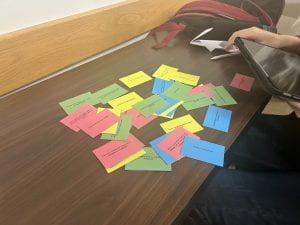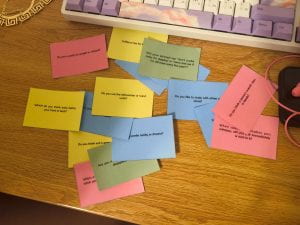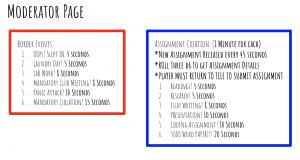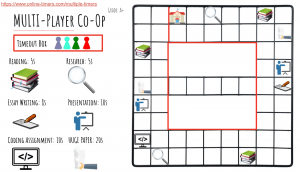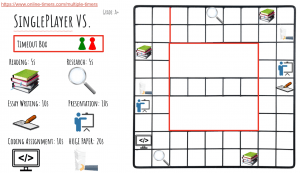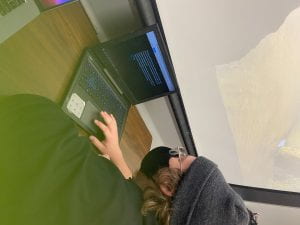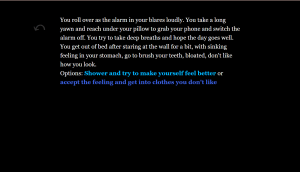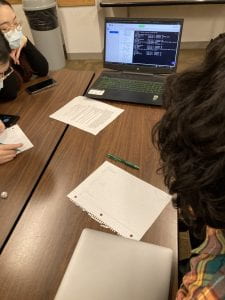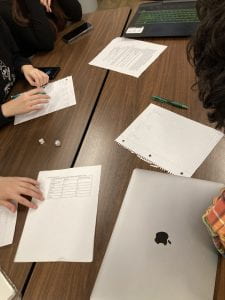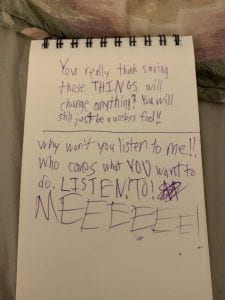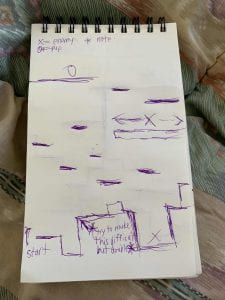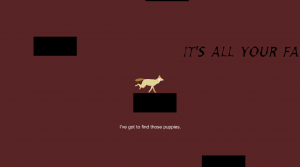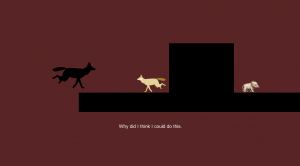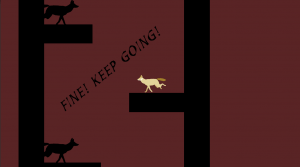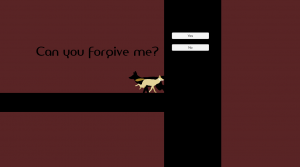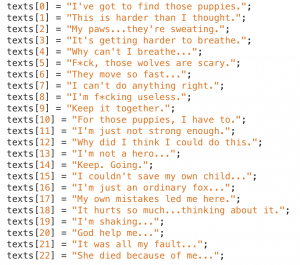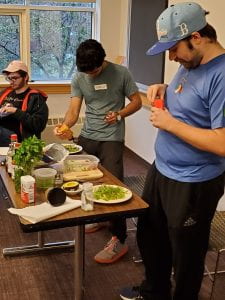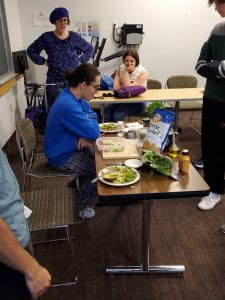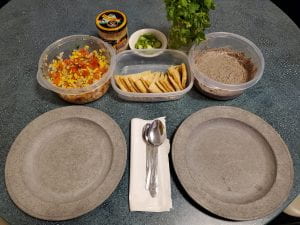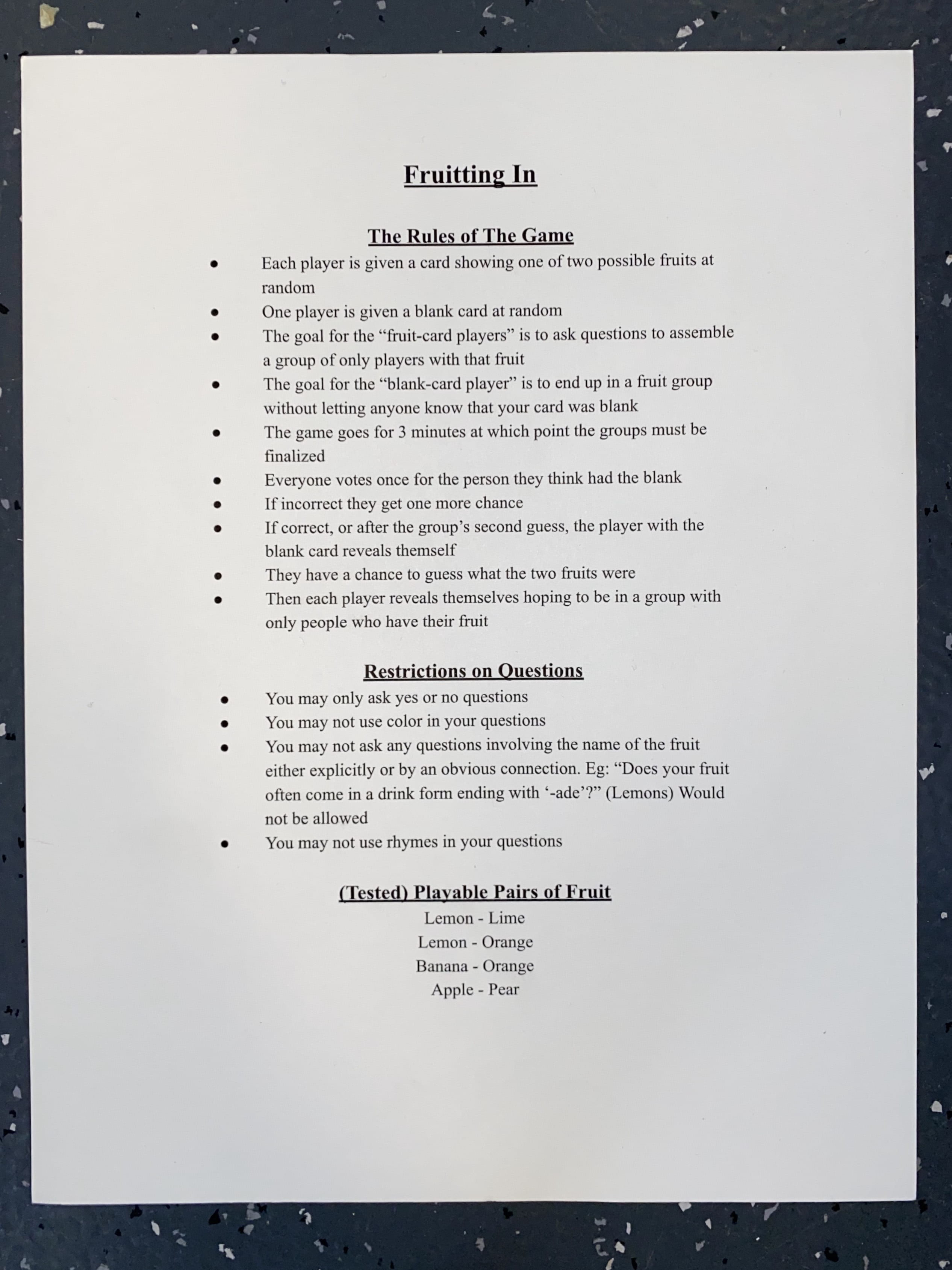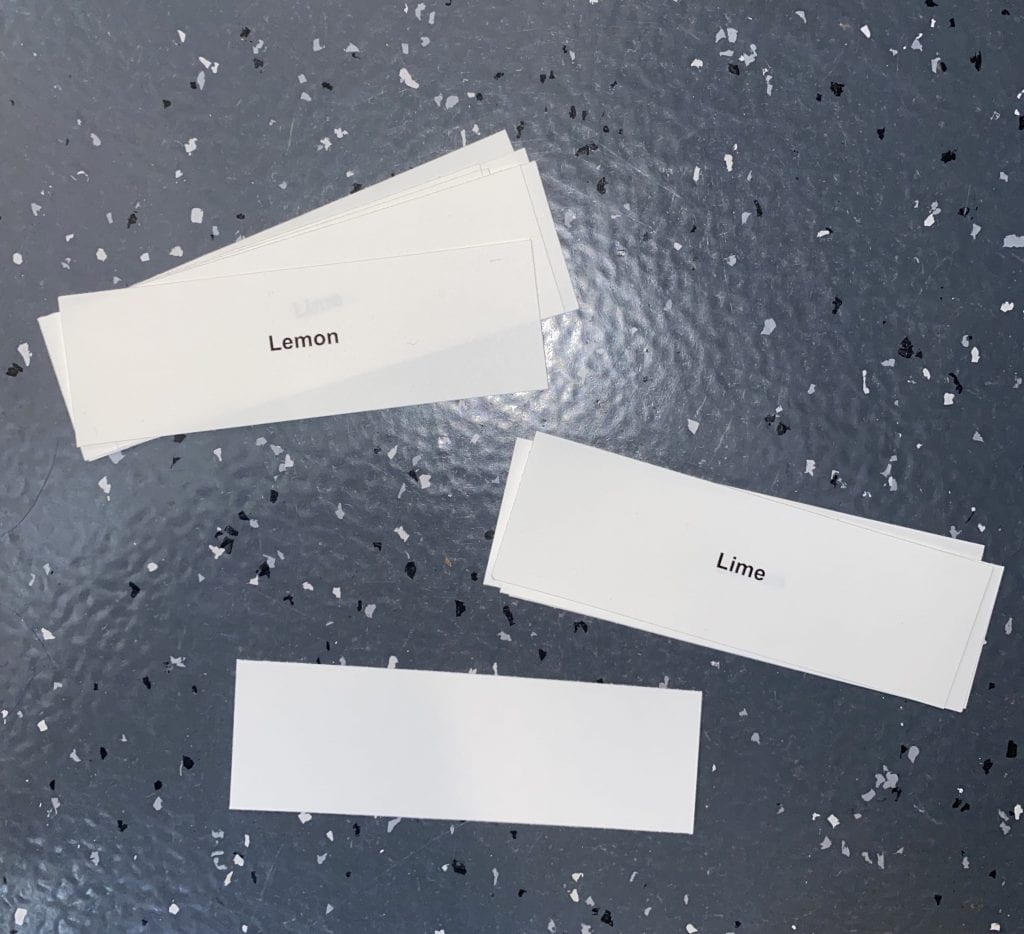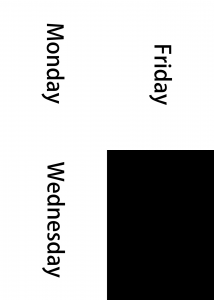
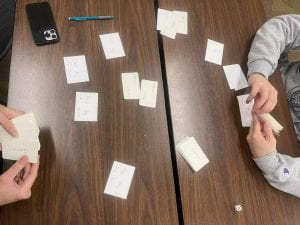
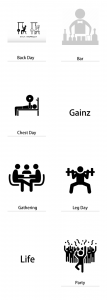
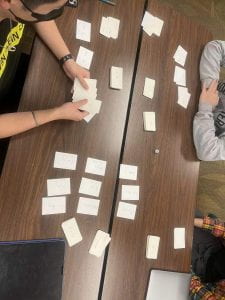
No Pain No Gain Rules Document
Each game starts with two up to many players and each player starts with 3 gainz and 3 life.
In the start of the game, each player grabs one of the deck of cards in the middle along with three gainz and three life.
Each deck will include three gym cards: Chest Day, Back Day, Leg Day, three socializing cards: Gathering, Bar, Party, and one Rest Day card
After every player gets their starting cards, discard the extra decks of cards in the middle.
The game starts and rotates through Monday, Wednesday, and Friday where players can make their choices either to socialize or to work out or take a rest(can only take one rest day per week). After making their decision, players flip the card of their choice and put it under the weekday in the middle. After every player makes their choices, reveal the cards and collect rewards.
Here’s the layout of one week:
- Monday:
Hit Chest Day: collect 2 gainz
or
Go to a gathering: collect 1 life
or
Rest day: do not collect anything
Every week on monday there will be an event where the players can choose whether to skip. If the player is doing the event simply put a chip next to their card and roll the dice after revealing their cards.
Monday event(can be skipped): roll a four and above trigger success, roll a three below to trigger fail.
If you are doing chest day, hit bench without a spotter
Success:+2 gainz fail:-2 gainz
Or,
If you are going to a gathering, participate in a Poker game
Success:+2 life fail:-2 life
- Wednesday
Hit Back Day: collect 1 gainz
or
Go to a Bar: collect 2 life
or
Rest day: do not collect anything
- Friday
Hit Leg Day: collect 2 gainz
or
Go to a party: collect 2 life
or
Rest day: do not collect anything
By the end of each week, if a player has hit all three body parts, he/she collects 4 extra gainz but loses 3 life. On the other hand, if a player went to all three socializing events, he/she collected 4 extra lives and lost 3 gainz.
By the end of each two weeks, if the player has not taken any rest days, they will collect a mental illness card(which does not have a direct effect in the game).
End of each Month (every four weeks):
The player has to compare life and gainz with his neighbors if his/her neighbor has more gainz lose 5 gainz to his/her neighbor, if his/her neighbor has more life, lose 5 life to his/her neighbor
Win condition:
During the game if any of the players have negative life/gainz, he/she gets eliminated, and the game ends as the remaining players count their total number of life and gainz, whoever has the most wins the game.
If none of the players gets eliminated, the game goes on till the end of a semester(3 month/12 weeks), and whichever player has the most life and gainz wins the game.
Artist Statement
For my final project, I decided to use my own experience as a college student and the way I see my peers spending their free time as an inspiration. Although college life grants the students a lot of freedom over their free time, it can be stressful when a student decides to never take a rest day and spend all their time doing activities. During the playtests of my game, I observed that most players will always go for activities(working out and socializing) which is the optimal way of playing the game even when they receive a mental illness card every two weeks. Just like in real life many people neglect the importance of taking a break, instead they would let their mental burden accumulate inside to live their life in an “optimal” strategy. Similar to Yoko Ono’s Blood piece: “Use your blood to paint. Keep painting until you faint. Keep painting until you die.” Some people would live their lives with little breaks, and they spend most of their free time socializing and doing activities until they are mentally and physically exhausted.



